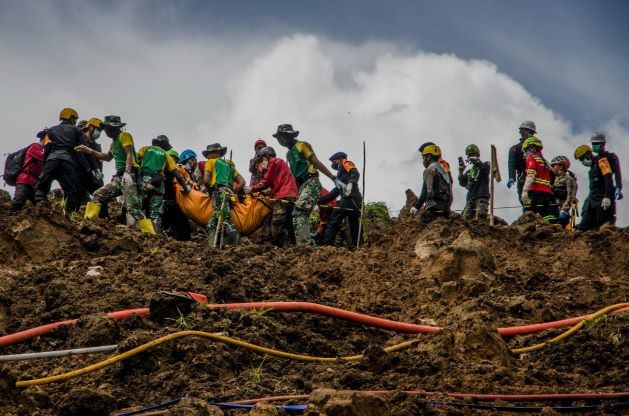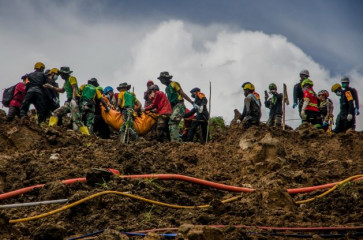Popular Reads
Top Results
Can't find what you're looking for?
View all search resultsPopular Reads
Top Results
Can't find what you're looking for?
View all search resultsCo-creation approach to promote disaster risk management
In terms of overlapping roles, many government bodies have created similar programs such as the alert village program by the Social Affairs Ministry, and community-based disaster alerts by the Indonesian Red Cross.
Change text size
Gift Premium Articles
to Anyone
T
he most recent earthquake in Cianjur, West Java, which claimed over 320 lives and demolished thousands of houses, only reconfirms that Indonesia, sitting along the Ring of Fire, is highly exposed to risks of natural hazards.
Not only is the Cianjur quake the most tragic natural disaster by far this year. It also shows our weak disaster preparedness and resilience.
Among other strategies, the co-creation approach may offer a solution to the country’s vulnerability to risks due to natural catastrophes. Co-creation is understood as a concept of policy formulation involving active participation of non-state actors, such as academics, community groups, NGOs and the private sector.
Co-creation may result in innovative solutions to “wicked” problems. Wicked problems are those that cannot be addressed in a business-as-usual manner, and therefore need new and creative solutions to disrupt existing practices and values.
Weak disaster resilience can be classified as a wicked problem. The death toll from the Cianjur earthquake could reflect the lack of basic knowledge about disaster emergencies in the community, not to mention the atrocious quality of infrastructure.
In implementation, disaster risk management usually follows a top-down approach, where people are forced to manage disaster risks in certain ways. This is not effective. Disaster risk management must be universal, involving all stakeholders (government, private sector and community groups). This is where a new, collaborative, open and creative co-creation approach can play a role.
The core spirit of co-creation in disaster risk management can be reflected in community-based disaster risk management (CBDRM). CBDRM is an approach mainly supported by local communities to reduce vulnerability and increase capacity to deal with disaster risks.


















